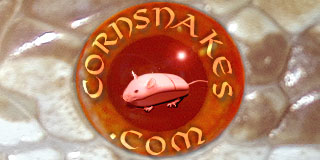I remember from your earlier posts that you had a temp spike in the high 90s earlier in the incubation. Must admit I wasn't too hopeful after that, but didn't like to say so just in case I jinxed you.
90 is the danger point at which the embryos can die, or can suffer developmental abnormalities. I suspect that's what did the damage this year. If you can find a way of giving them a heat source that you can keep stable, then that will give you a fighting chance next year. Also a digital thermometer, so you can make sure that they stay below that 90 degree danger point. I aim for the low-mid 80s.
If you have trouble with maggots or other pests, you can put them in an airtight tub to make sure that nothing can sneak in through ar holes. Opening the lid once every couple of days to check them, will give them all the air they need until they hatch.
Also swapping to inorganic incubation substrate will discourage creepy crawlies if you're not already using it. I use damp vermiculite to sit the eggs in, then cover them with a sheet of damp kitchen paper to keep the humidity up. This is especially helpful when eggs are laid in a clump and you can't get the top eggs in contact with the vermiculite.
You also need to keep a bit of an eye on humidity. Incubating conditions which are too wet have been linked to kinked hatchlings. I've never measured the humidity in incubation tubs, but I go by how much there is on the underside of the lid when I lift it. I like to see a lot of small fine droplets. If there's a lot of condensation in bit drops, I dry things out a bit by wiping the condensation off the lid and container sides with kitchen paper. If the eggs start to dimple during the process then this can be caused by low humidity. I re-wet the kitchen paper over the eggs (with water of the right temperature) or if it seems severe, I trickle a little extra water into the vermiculite down the inside of the tub. However I don't like doing this as it's easy to add too much.
Near the end of incubation, dimpling can also show that the eggs are about to hatch, so it's not always bad news.
I hope you have better luck next year. Sorry this year didn't work out for you.
